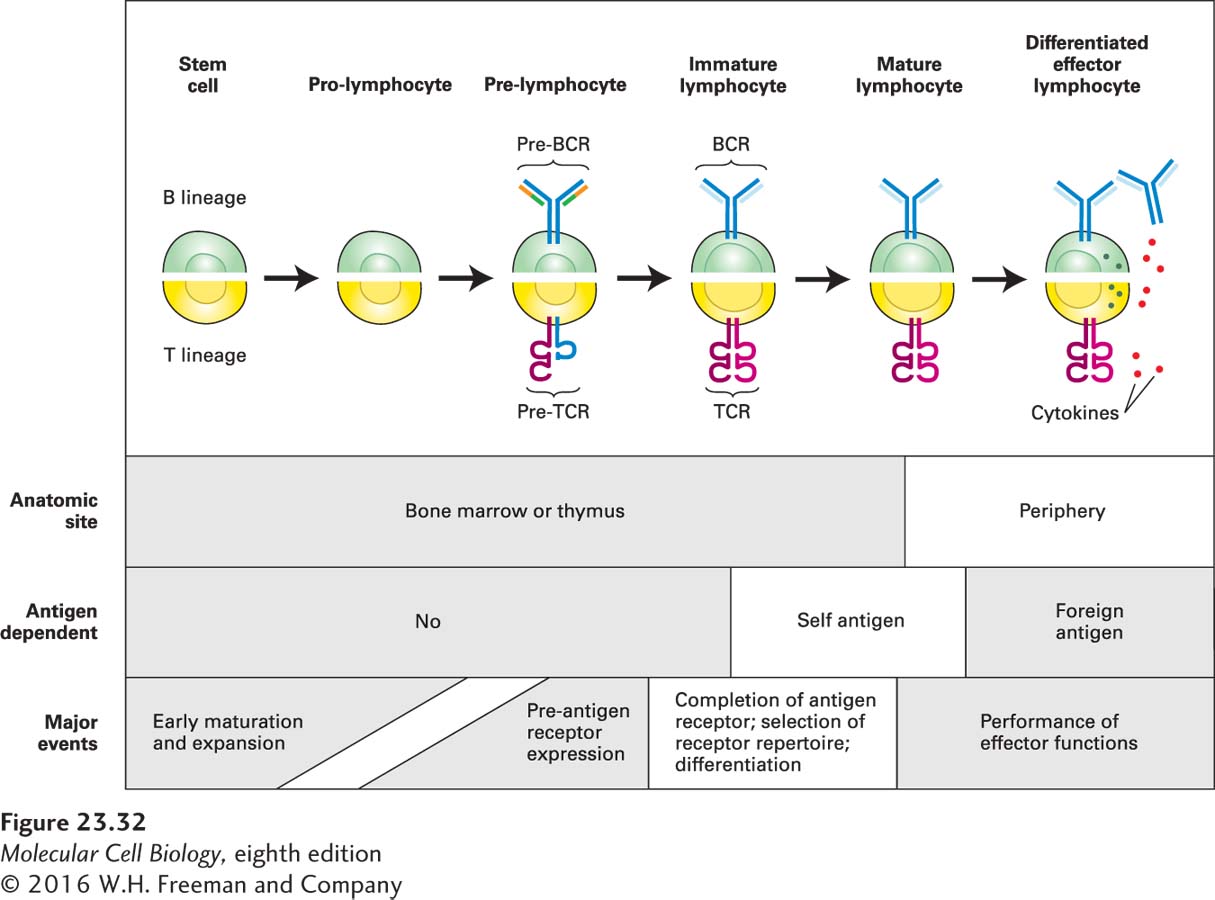
FIGURE 23- T- B- e- e- e- e- e- e- n- e- e- e- n- n-